Natural caoutchouc rubber has high elasticity, high tensile strength, strong notched-bar tenacity, and high abrasion resistance. The mechanical and dynamic loads of natural rubber are the highest among all elastomers. Natural caoutchouc is resistant to polar liquids, aliphatic, aromatic, and chlorinated hydrocarbons.
A wide spectrum of oil and natural gas based "composition caoutchoucs" is being used in many fields of application now. Their properties allow a wide range of applications that helped the rubber material reach its current position in modern technology. Rubber is a composite of very different substances. Its resistances and mechanical properties can only be determined from a formula of several hundred substances. Caoutchouc as a macro-molecular material is the elastic component of the rubber. Mechanical properties such as breaking elongation, re-bound elasticity, strength, and resistance against tear propagation are determined by this component.
The compound of chemicals and aggregates with the rubber and the subsequent vulcanization process produce a usable material. A multitude of possible combinations of individual materials as well as the various possible mounting methods provide an appropriate solution for each problem. The steel plates on rubber buffers are vulcanized into or onto the buffers. The threaded bolts on rubber buffers are inserted without the risk of twisting. Visible surfaces are galvanized. The vulcanization process guarantees maximum stability between the rubber and steel components.
NOTE: Any part number with a "-1" at the end indicates hardware included.
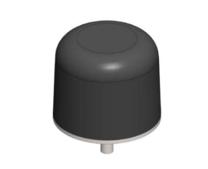
List Price (CAD)
11.02 Each
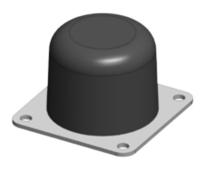
List Price (CAD)
236.08 Each
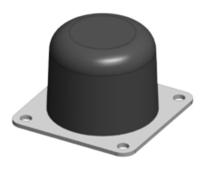
List Price (CAD)
33.25 Each

List Price (CAD)
57.20 Each
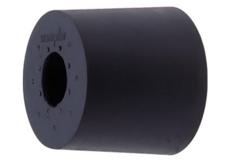
List Price (CAD)
115.65 Each
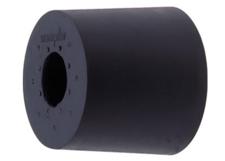
List Price (CAD)
162.31 Each
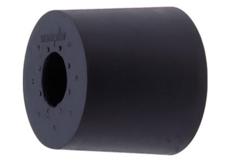
List Price (CAD)
27.88 Each
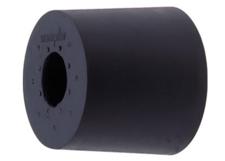
List Price (CAD)
28.90 Each
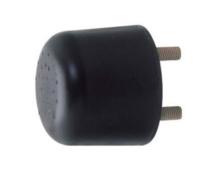
List Price (CAD)
487.90 Each
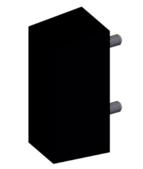
List Price (CAD)
199.45 Each

List Price (CAD)
138.63 Each
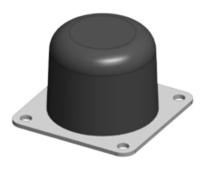
List Price (CAD)
371.34 Each
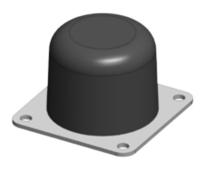
List Price (CAD)
81.42 Each
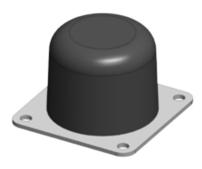
List Price (CAD)
612.72 Each
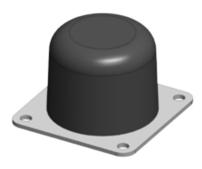
List Price (CAD)
977.80 Each
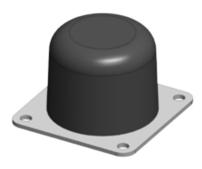
List Price (CAD)
2,154.92 Each

List Price (CAD)
22.20 Each
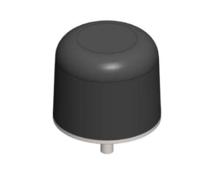
List Price (CAD)
9.63 Each
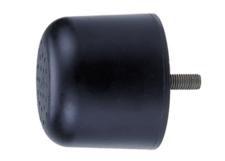
List Price (CAD)
138.23 Each
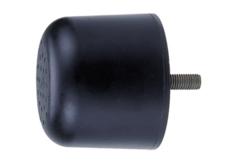
List Price (CAD)
191.07 Each
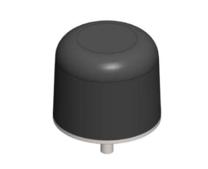
List Price (CAD)
344.87 Each
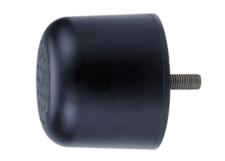
List Price (CAD)
559.88 Each
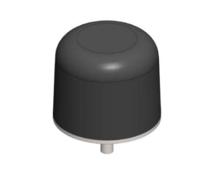
List Price (CAD)
13.21 Each

List Price (CAD)
24.72 Each
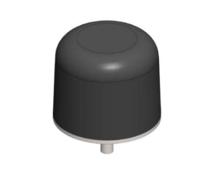
List Price (CAD)
24.87 Each
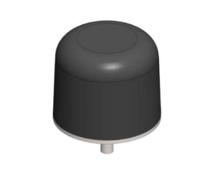
List Price (CAD)
25.35 Each
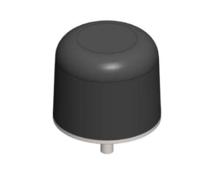
List Price (CAD)
40.97 Each
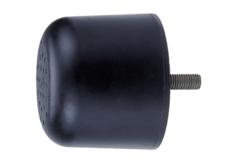
List Price (CAD)
62.64 Each




Follow Us: